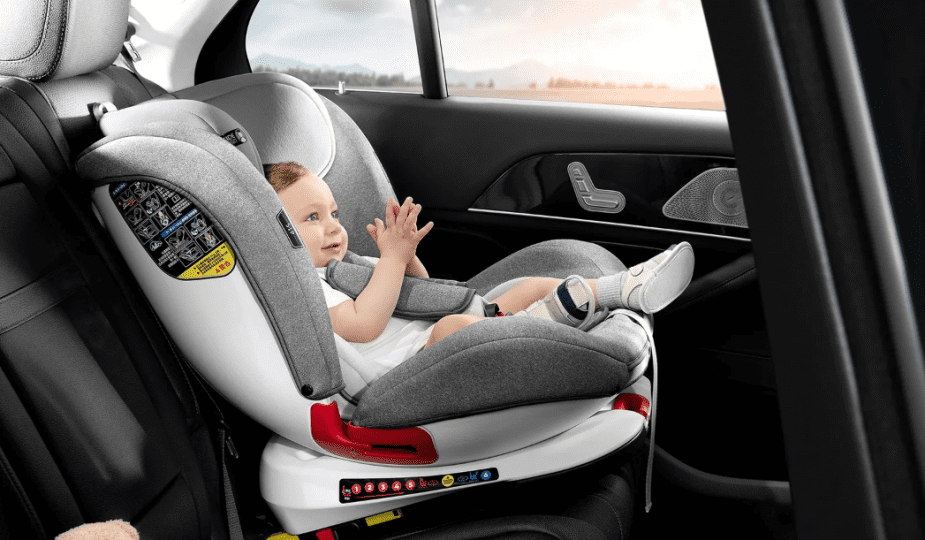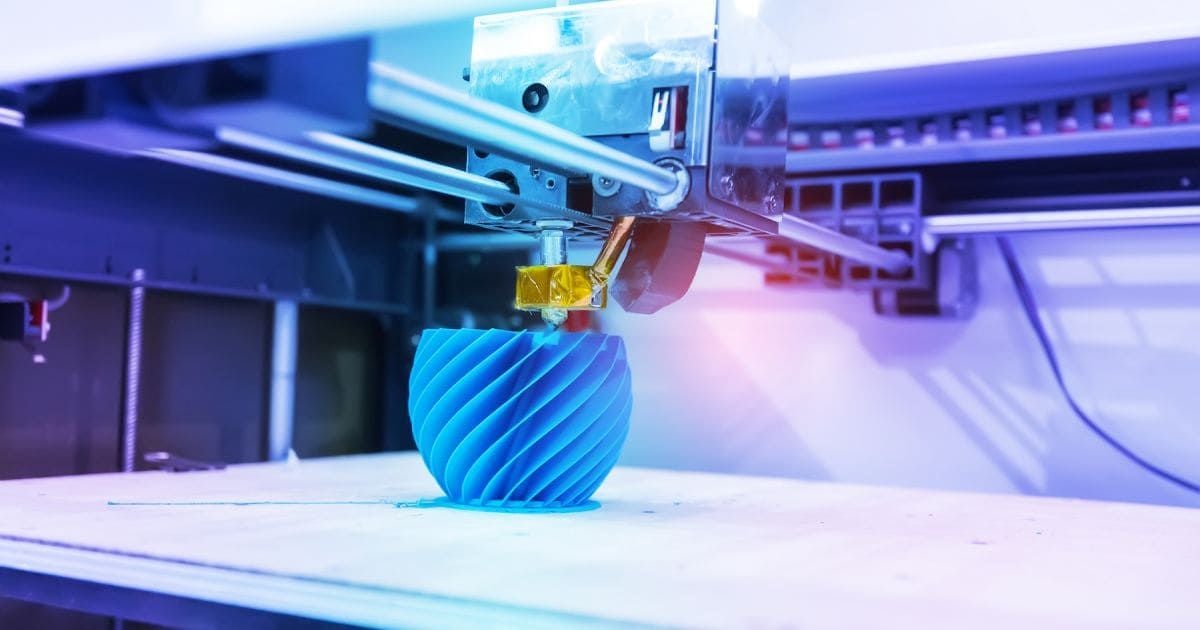Safeguarding Our Future: A Comprehensive Guide to Choosing the Best Child Car Seat

In the realm of parenting, few responsibilities are as critical as ensuring the safety of our children, especially while traveling by car. According to the Centers for Disease Control and Prevention (CDC), motor vehicle crashes are a leading cause of death among children in the United States. One of the most effective ways to protect children in the event of a car accident is by using a properly installed and appropriately sized child car seat. However, with a myriad of options available in the market, choosing the best child car seat can be overwhelming for parents.
Understanding Car Seat Types
Before diving into the specifics of choosing a child car seat, it’s essential to understand the different types available. There are three main types of car seats: rear-facing, forward-facing, and booster seats.
1. Rear-Facing Seats: Designed for infants and young toddlers, rear-facing seats provide the best protection for a child’s head, neck, and spine in the event of a crash. It’s recommended to keep children in a rear-facing seat for as long as possible, at least until they reach the maximum height or weight limit specified by the seat’s manufacturer.
2. Forward-Facing Seats: Once a child outgrows the rear-facing seat, they can transition to a forward-facing seat. These seats are equipped with a harness and are suitable for children until they reach the maximum height or weight limit specified by the manufacturer.
3. Booster Seats: Booster seats are designed for older children who have outgrown forward-facing seats but are still too small to use a seat belt alone. Booster seats elevate the child, ensuring that the seat belt fits properly across their chest and lap.
Factors to Consider When Choosing a Child Car Seat
1. Age, Weight, and Height of the Child: The first step in selecting a child car seat is determining the appropriate size based on the child’s age, weight, and height. Each seat comes with specific height and weight limits set by the manufacturer, and it’s crucial to adhere to these guidelines for optimal safety.
2. Safety Standards: When purchasing a child car seat, parents should look for seats that meet or exceed the safety standards set by the National Highway Traffic Safety Administration (NHTSA). Look for labels certifying compliance with Federal Motor Vehicle Safety Standard 213.
3. Ease of Installation: Proper installation is paramount for ensuring the effectiveness of a child car seat. Choose a seat that is easy to install correctly in your vehicle. Some seats come with features like straightforward installation guides, color-coded belt paths, or latch systems to facilitate proper installation.
4. Fit for Your Vehicle: Not all car seats fit well in every vehicle. Before making a purchase, consider the dimensions of both the car seat and your vehicle to ensure compatibility. Some manufacturers offer compatibility checklists or online resources to help parents find the right fit.
5. Additional Features: While safety should always be the primary consideration, parents may also want to consider additional features for comfort and convenience. These may include adjustable harnesses, recline positions, removable covers for easy cleaning, and cup holders.
6. Longevity and Versatility: Investing in a child car seat that can accommodate a wide range of ages and sizes can be cost-effective in the long run. Some convertible car seats can be used in multiple configurations, transitioning from rear-facing to forward-facing to booster mode as the child grows.
7. Reviews and Recommendations: Before making a final decision, it’s helpful to read reviews from other parents and seek recommendations from trusted sources such as pediatricians or certified child passenger safety technicians.
Conclusion
Choosing the best child car seat is a decision that requires careful consideration of various factors, including the child’s age, weight, and height, safety standards, ease of installation, compatibility with your vehicle, additional features, longevity, and recommendations from experts and other parents. By prioritizing safety and conducting thorough research, parents can make informed choices to protect their most precious passengers on the road. Remember, safeguarding our future begins with ensuring the safety of our children today.










